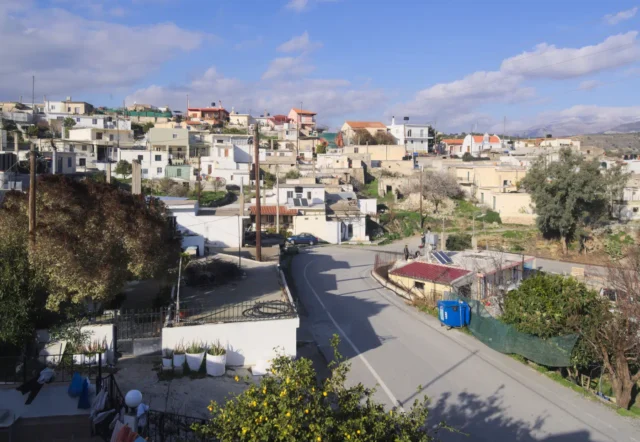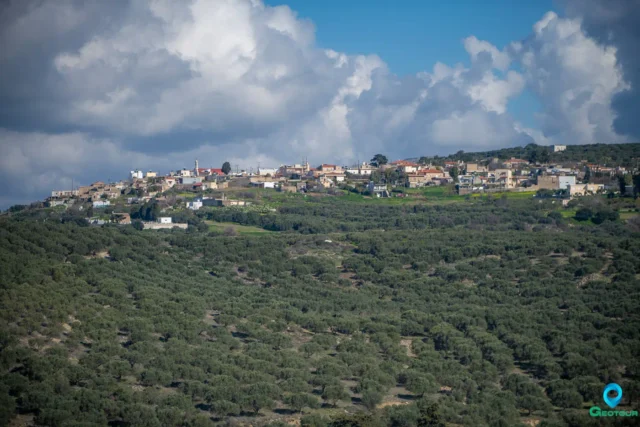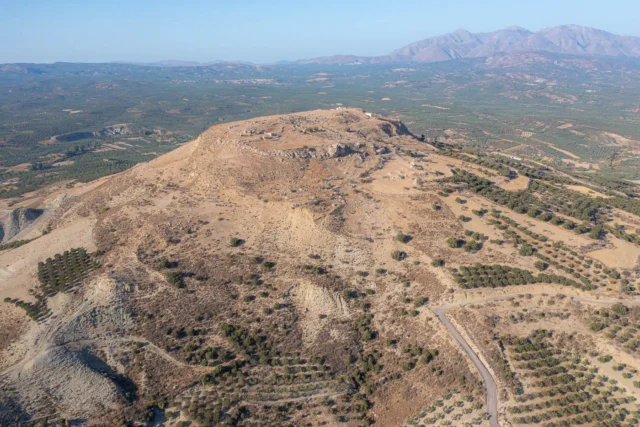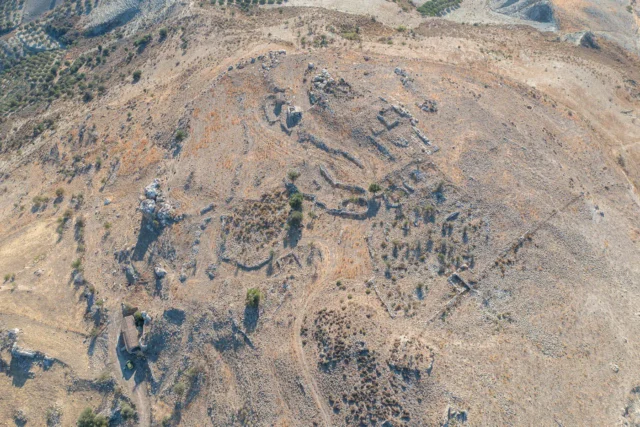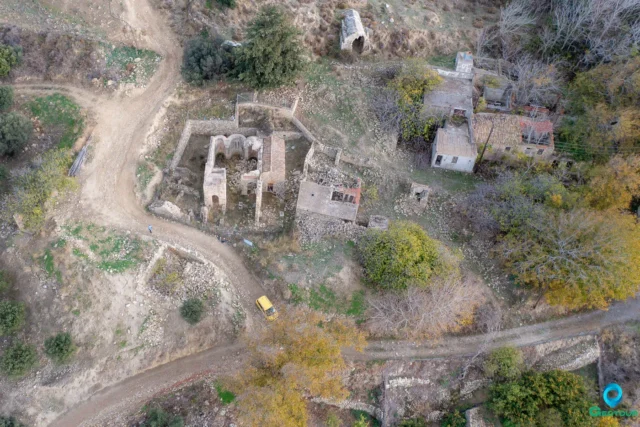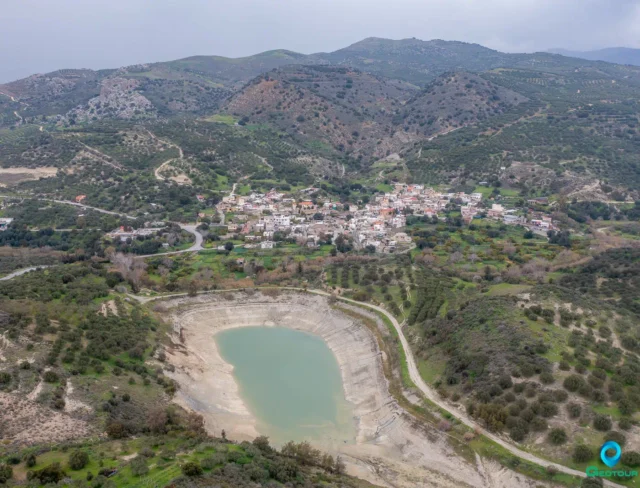Machaira is a small village located approximately 10 km south of Arkalochori in the Heraklion regional unit on the island of Crete, Greece. It lies at an altitude of 250 meters above sea level.
History
The village’s name is believed to be derived from the Byzantine profession of “machairas” or knifesmith. Historical data suggests that Machaira was already inhabited during the Venetian period. The earliest documented mention of the village dates back to 1577, under the name “Maghera.” Another historical source from 1595 indicates that the settlement was a fiefdom of the Abramo family, to which the Venetian-Cretan poet Marc’ Antonio Foscolo, known for his work “Fortunatus,” belonged.
During the Ottoman rule in Crete, Muslim populations settled in Machaira, becoming the majority by the end of the 19th century. Between 1943 and 1944, Machaira became a focal point in the Greek National Resistance against the Axis occupation. Its inhabitants, known for their hospitality and patriotism, formed a core of the resistance movement. This was largely due to the presence of Zoe Bantova, who resided in the village with her child from September 1943 until the liberation of Crete from German forces in October 1944. Zoe Bantova played a crucial role in organizing the villagers, making the area a fertile ground for the establishment of Captain Yiannis Bantova’s resistance group.
Present Day
Today, Machaira is a tranquil village with a picturesque square featuring traditional cafes. These cafes offer locally produced raki (a traditional alcoholic beverage) and delicious Cretan mezedes (small dishes). The village becomes lively on weekends and holidays as many people who trace their roots to Machaira return to visit their families and enjoy the local traditions.
Near Machaira, visitors can explore the Ini Dam, a large reservoir located to the east. To the southeast, at a distance of about 2.5 km, lies the deserted chapel of Agios Konstantinos (Saint Constantine) and the spring of Kalou Nerou (Good Water), known for its crystal-clear water. This area is steeped in local legends and traditions, with many residents sharing stories from their childhood experiences there. The local association of Machaira organizes various events in this location, including a famous 15-kilometer walk every summer, culminating in a lively feast near the spring under the shade of walnut trees.
Machaira has been home to numerous intellectuals, artists, poets, and writers. Many of them pursued higher education and held significant positions in the Greek public sector, serving the country in various capacities.
Ini Dam
The Ini Dam is located 38 km south of Heraklion, near the villages of Machaira and Ini. Constructed in 2004, it has a capacity of 1,750,000 cubic meters. The dam’s reservoir has attracted a large number of birds, becoming an important wetland in Crete. Local cultural associations organize various events at the lake, including rowing competitions.
About 300 meters southeast of Ini, there is a smaller dam that feeds into the larger Ini Dam. Known as the old Kera Dam, it is located next to the picturesque chapel of Panagia Kera (Virgin Mary Kera) and Zoodochos Pigi (Life-Giving Spring), where holy water flows from a small cave throughout the year. The site is surrounded by cypress trees, and an old watermill stands nearby, adding to the area’s historical and natural charm.
Settlement: Key Points
-
Historical References: Earliest mention in 1577.
-
Location: 10 km south of Arkalochori, Crete, Greece.
-
Historical Significance: A Venetian-era settlement and a center of resistance during World War II.
-
Population Data:
YearPopulationNotes188122626 Christians, 200 Muslims190064Machaira and Mitsitsiri192823219403131951313The census mentions only 73 for Machaira and 313 for Monastiraki1961353197132819812971991251200123520111792021134 -
Current Status: A small, quiet village with an agricultural economy and a growing tourism sector.
References

















